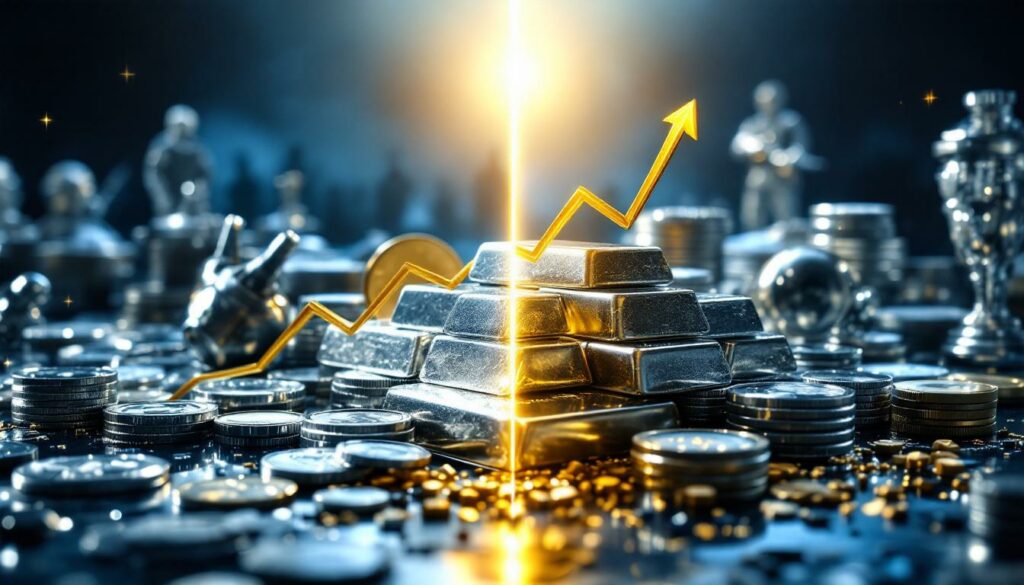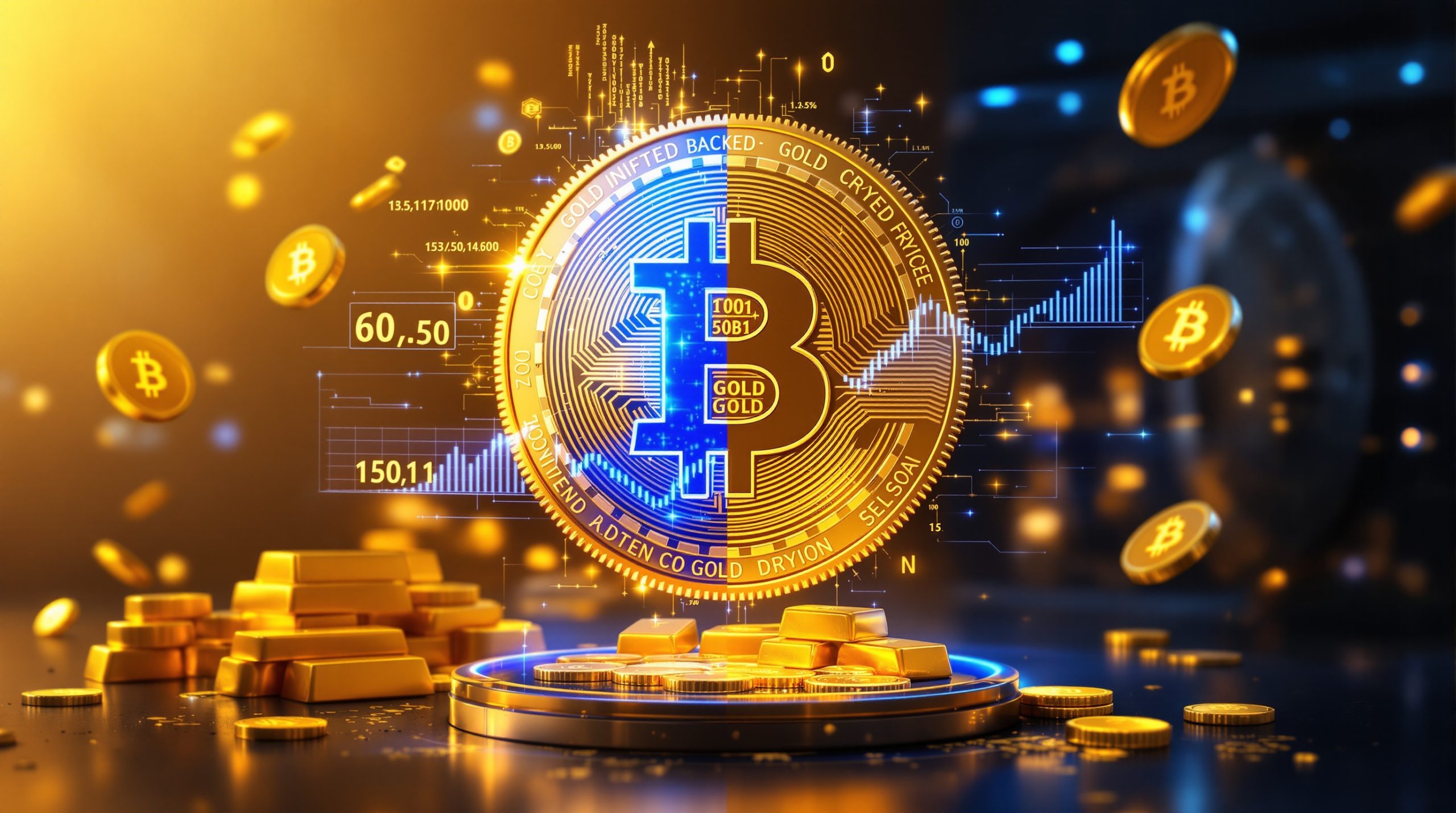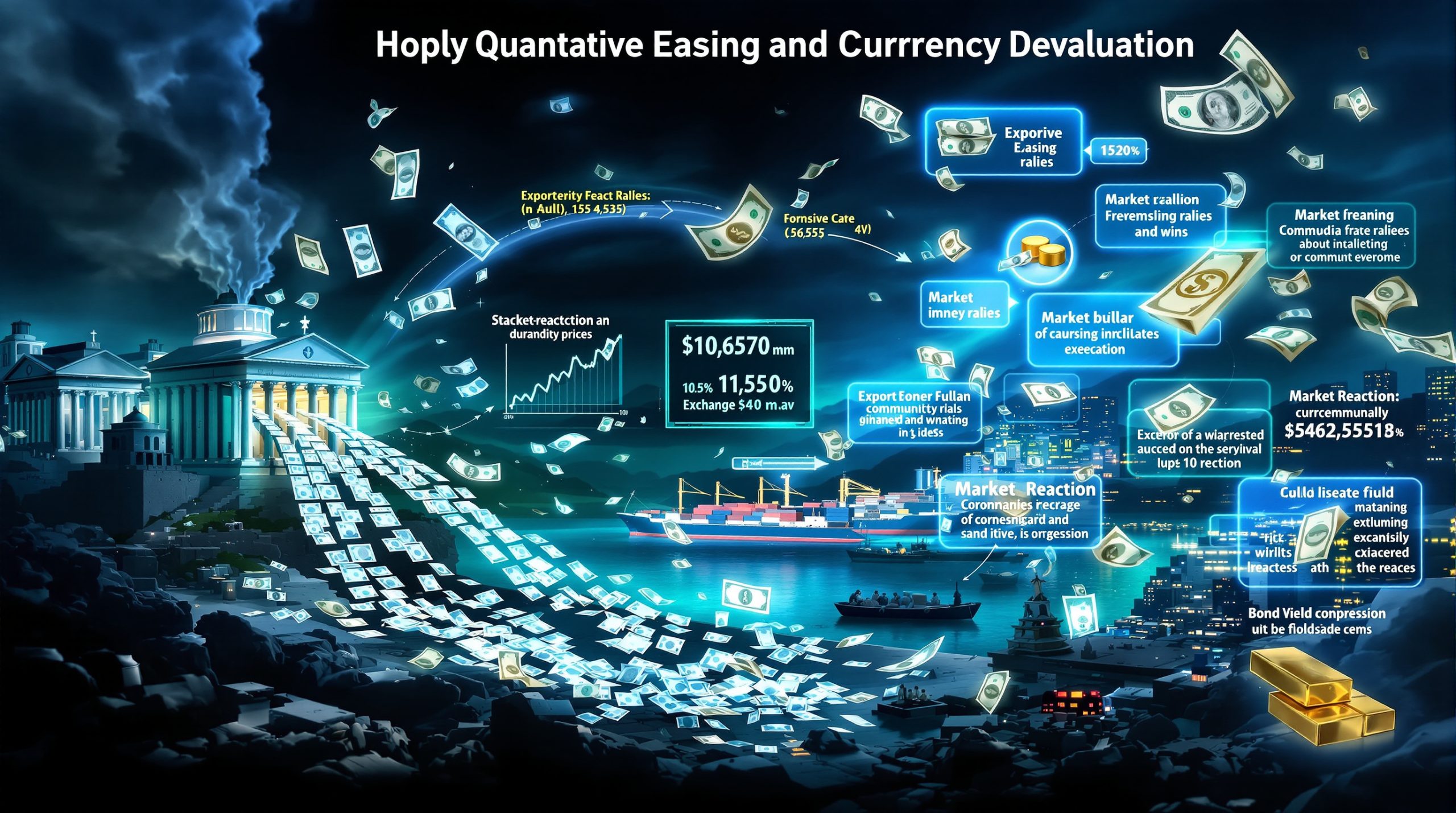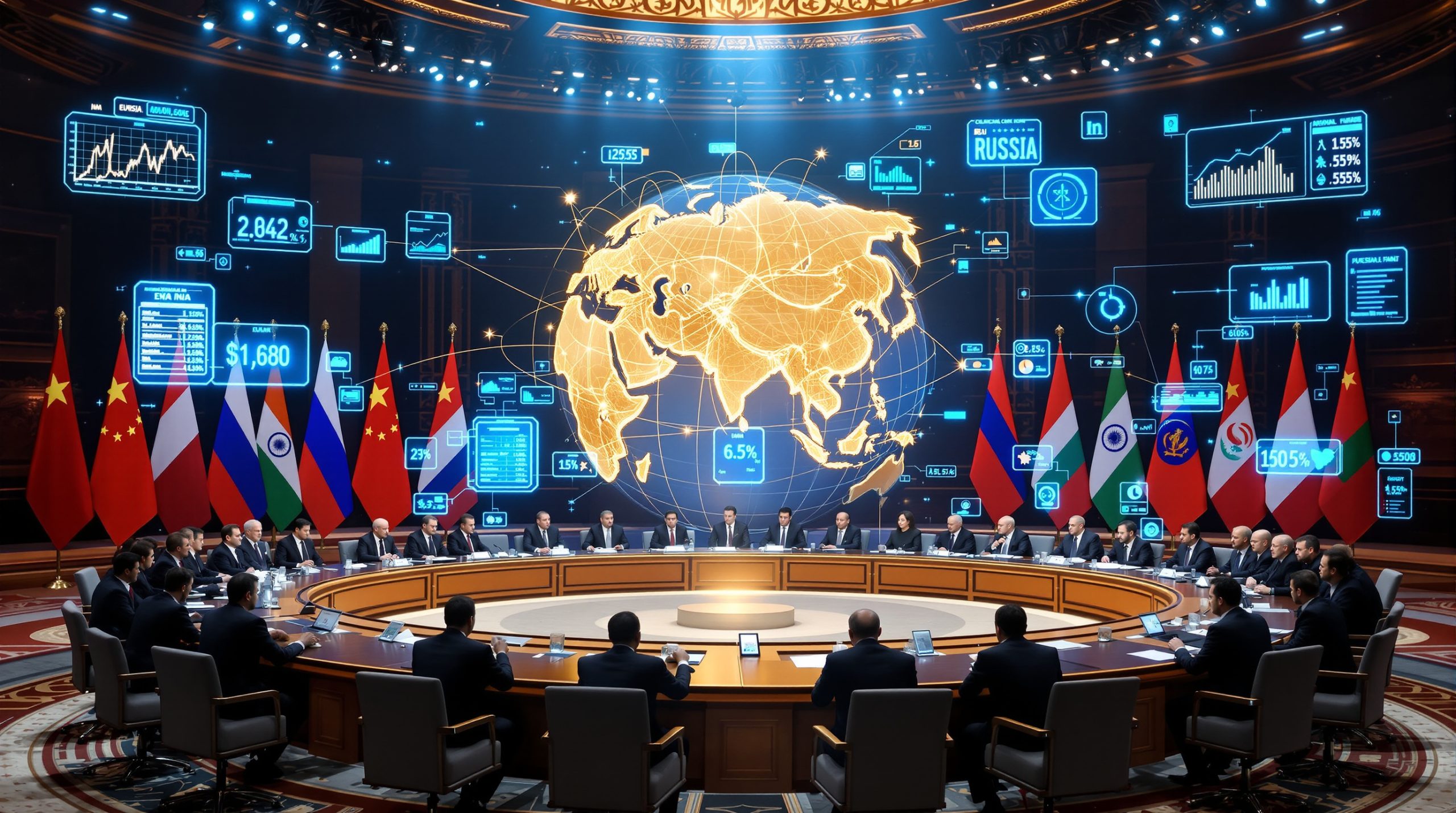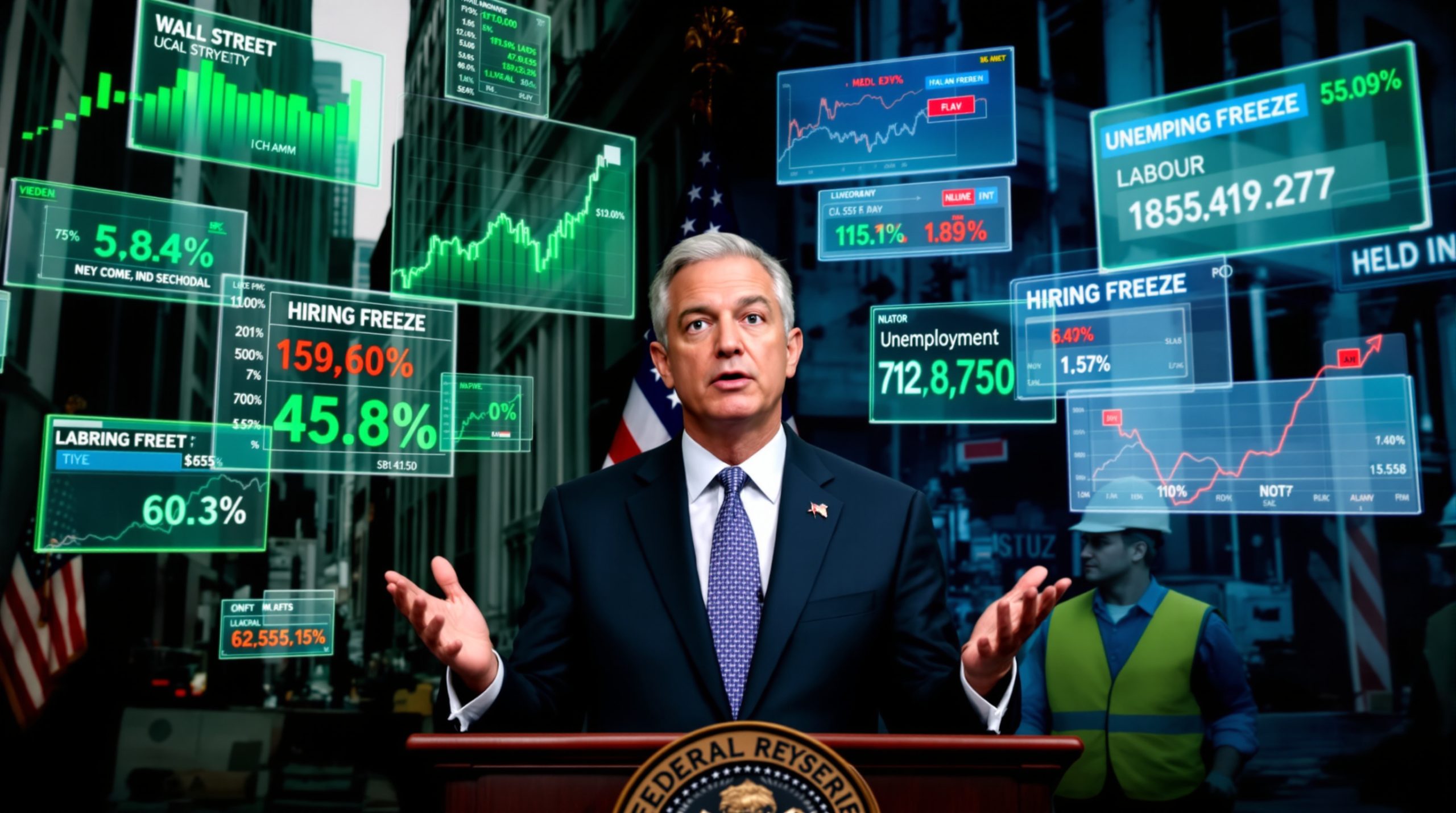What Factors Are Driving the Current Silver Market?
The silver market has recently experienced remarkable price action, breaking through the $36-$37 mark for the first time in 14 years. This represents only the third time in history that silver has reached such price levels, signaling a potential paradigm shift in market dynamics. The precious metal's sustained performance suggests an underlying strength that many analysts believe could continue despite repeated attempts to suppress its price.
Recent Price Breakouts and Market Dynamics
Silver's recent price movement isn't just significant for traders—it represents a crucial technical breakout that could fundamentally alter market psychology. According to analysis from the World Silver Survey, the metal's surge above long-standing resistance levels coincides with unprecedented physical delivery demands on futures exchanges, creating what many describe as a "perfect storm" for higher prices.
"When we look at silver's price action, we're witnessing something truly historic," explains Andy Schectman, CEO of Miles Franklin Precious Metals. "This breakout represents years of suppression finally giving way to fundamental supply-demand realities."
What makes this breakout particularly noteworthy is the sheer volume of paper contracts needed to contain further price advances. During a single trading day in May 2024, an astonishing 487 million paper ounces traded hands on the COMEX in what appears to be a coordinated effort to maintain prices around the $36 mark. The following Friday saw another 356 million ounces change hands to keep prices below $37.
Global Geopolitical Tensions and Their Impact
Escalating conflicts between nations like Israel and Iran have created economic uncertainty that traditionally benefits precious metals. These geopolitical tensions often drive investors toward safe-haven assets, with silver benefiting alongside gold. The current global landscape of increasing military conflicts has particular relevance to silver markets due to the metal's strategic importance in defense technologies.
Military applications of silver remain one of the market's least discussed yet most significant demand drivers. According to declassified Department of Defense documents, approximately 13-14 kg of silver is used in the tip of typical cruise missiles, with similar requirements across a range of advanced weapons systems. This connection was formalized as early as 1942 when the U.S. Congress passed legislation S.2768, authorizing the use of national silver stockpiles for wartime purposes.
"The military consumption of silver has grown from approximately 100 million ounces annually in 1942 to significantly higher volumes today, though exact figures remain classified," notes Schectman. "This creates a fascinating dilemma for governments—they need abundant, low-cost silver for defense applications while simultaneously managing its role as a monetary metal."
Industrial Demand vs. Investment Appeal
Silver's unique position as both an industrial metal and investment asset creates a dual demand structure that supports its market fundamentals. While industrial applications continue to grow in sectors like electronics, renewable energy, and medical equipment, investment demand has surged as inflation concerns and currency devaluation fears persist globally.
The renewable energy sector alone has dramatically increased silver consumption. According to the Silver Institute's 2024 report, photovoltaic demand for silver reached 140 million ounces annually, representing a 15% year-over-year increase. Each solar panel contains approximately 20 grams of silver, making the metal indispensable to the green energy transition.
Investment demand has seen similar growth, with global silver ETF holdings increasing 18% year-over-year according to the World Silver Survey. Physical silver products like coins and bars have experienced persistent premiums above spot prices, with U.S. Mint products regularly commanding 30-40% over the paper silver price—a clear indicator of physical supply constraints.
Why Is Silver Considered Undervalued by Market Experts?
Despite its recent price increases, silver remains significantly undervalued according to many market experts. The persistent disparity between paper prices and physical premiums suggests market mechanics that may not accurately reflect true supply-demand fundamentals.
The Asymmetrical Risk-Reward Profile
Market experts frequently describe silver as having an "asymmetrical" investment profile, characterized by limited downside risk but substantial upside potential. This assessment is based on several factors including silver's historical price ratio to gold, its dual role as both industrial and monetary metal, and current market dynamics that suggest artificial price suppression.
"Silver presents perhaps the most asymmetrical risk-reward profile in the entire investment universe," Schectman emphasizes. "With production costs averaging $18.50 per ounce according to S&P Global Market Intelligence, the downside is naturally limited by mining economics, while the upside potential is extraordinary given historical precedents."
This perspective is reinforced by silver's historical relationship with gold. The gold-silver ratio analysis has averaged approximately 15:1 over centuries of monetary history, yet currently stands around 80:1 despite silver's recent strength. A reversion toward historical norms would imply significant silver price increases, potentially reaching triple digits per ounce.
Physical Delivery Trends on COMEX
Recent months have witnessed unprecedented physical delivery volumes on the COMEX futures exchange, including the largest delivery in the exchange's history during May 2024. These consistent and growing delivery requests indicate strong physical demand and potential stress on available supplies, suggesting that paper market prices may not accurately reflect true supply-demand fundamentals.
CME Group data reveals that May 2024 saw delivery notices for over 50 million ounces of silver—an extraordinary amount that challenges the exchange's ability to source physical metal. This growing preference for taking delivery rather than rolling contracts forward or accepting cash settlement signals a fundamental shift in market participant behavior.
The COMEX delivery situation becomes even more concerning when examined alongside London Bullion Market Association (LBMA) inventories. Analysis from Arcadia Economics suggests London vaults may contain as little as 7 million ounces of unallocated silver to back enormous paper positions, creating potential systemic risk if physical delivery demands continue accelerating.
- Standard LBMA settlement times have extended from T+3 days to as much as T+8 weeks
- Physical delivery premiums have reached 30-40% above spot prices
- Major refiners report unprecedented order backlogs for retail silver products
- Commercial futures market participants hold concentrated short positions
The Concentrated Short Position Phenomenon
The silver market currently features the second-largest concentrated short position in history held by commercial banks. This position represents approximately 957 million paper ounces, requiring extraordinary trading volumes to maintain price levels. The sheer size of this position relative to annual global production (approximately 800 million ounces) raises questions about market structure and price discovery.
According to the Commodity Futures Trading Commission's Commitments of Traders report, eight commercial banks hold this concentrated short position, creating potential systemic vulnerability if silver prices continue rising. Historical precedent suggests that unraveling of similar concentrated positions can lead to explosive price movements, as occurred in palladium markets in 2000-2001 when Russian supply disruptions triggered a silver squeeze movement.
The concentrated short position phenomenon has attracted regulatory scrutiny in recent years, with the Department of Justice investigating several major banks for precious metals market manipulation. Multiple financial institutions have paid significant fines for spoofing and other manipulative practices in metals markets, lending credibility to claims of artificial price suppression.
How Does Silver Compare to Alternative Investments?
As investors seek diversification and protection against economic uncertainty, silver's unique characteristics make it worthy of comparison against other alternative investments. Its historical performance, tangibility, and lack of counterparty risk differentiate it significantly from many modern financial instruments.
Silver vs. Cryptocurrencies: Stability and Tangibility
While cryptocurrencies have generated significant returns and attention, silver offers distinct advantages as an investment alternative:
- 5,000-year history as a recognized store of value versus cryptocurrency's relatively brief existence
- Physical possession providing security against digital vulnerabilities
- Tangible asset that has survived world wars, depressions, and pandemics
- No counterparty risk or technological obsolescence concerns
"The fundamental difference between silver and cryptocurrencies is that silver can't be hacked, doesn't require electricity to function, and has intrinsic value regardless of financial system functionality," Schectman notes. "While digital assets certainly have their place, physical silver provides insurance against scenarios where digital systems fail."
This perspective gains relevance when examining cryptocurrency volatility metrics. According to CoinMetrics data from June 2024, major cryptocurrencies experienced average 30-day volatility of 75%, compared to silver's 28%. For investors seeking portfolio stabilization alongside growth potential, silver's more moderate volatility profile offers advantages.
Historical Performance During Economic Crises
Silver has demonstrated remarkable resilience during various economic crises throughout history. Unlike many modern financial instruments, silver maintained value through:
- German hyperinflation of the 1920s, when it preserved purchasing power while paper marks became worthless
- The Great Depression, serving as monetary backing when bank failures destroyed paper wealth
- Multiple world wars, providing liquidity when conventional markets ceased functioning
- Global pandemics, including both the 1918 influenza and recent COVID-19 crisis
- Currency collapses across numerous countries and time periods
Federal Reserve Economic Data (FRED) confirms silver's performance during the 2008 financial crisis was particularly noteworthy, with the metal rising from approximately $10 per ounce in late 2008 to nearly $50 by April 2011—a 400% increase while many conventional investments struggled to recover.
"What makes silver exceptional is its ability to perform well during both inflationary and deflationary scenarios," explains financial historian Peter Bernstein. "During inflation, it preserves purchasing power; during deflation, it maintains liquidity when other assets cannot be sold."
Central Bank and Institutional Interest
Major financial institutions and central banks are increasingly recognizing silver's strategic importance:
- Russia announced additions to strategic stockpiles in 2024, adding approximately 50 million ounces according to Russian Central Bank data
- China (the world's second-largest producer) actively purchasing silver globally despite its substantial domestic production
- India importing approximately 900 million ounces over the past five years according to Ministry of Commerce data
- Growing institutional investment through ETFs and physical allocation
This institutional interest extends beyond national entities to include major asset managers. BlackRock, the world's largest asset manager, serves as custodian for the SLV silver ETF, which holds over 500 million ounces. Similarly, sovereign wealth funds have increased precious metals allocations, recognizing their value in an environment of currency debasement and geopolitical uncertainty.
What Supply-Side Factors Are Affecting the Silver Market?
The silver market analysis shows numerous supply constraints that impact market dynamics and potentially limit production growth even at higher prices. These supply-side factors create structural challenges that may contribute to tight physical markets despite paper price indicators.
Global Production Trends and Challenges
The silver supply landscape faces several constraints that impact market dynamics:
- Declining ore grades at existing mines, with average grades falling 30% over the past decade according to USGS data
- Limited new major discoveries despite increased exploration budgets
- Rising production costs affecting mining economics, with global average cash costs reaching $18.50/oz
- Environmental regulations restricting mining activities, particularly in North America and Europe
- Approximately 75% of silver production coming as a byproduct of other metal mining
This last point deserves particular attention, as it creates unique supply inelasticity. Since three-quarters of silver production occurs as a byproduct of mining copper, lead, zinc, and gold, silver supply cannot quickly respond to higher prices. Even substantial price increases may not stimulate significant new production if the primary metal prices don't justify expanded operations.
"The byproduct nature of silver mining creates a scenario where even $100 silver might not significantly increase supply," explains mining analyst David Morgan. "If copper prices don't support new mine development, the associated silver simply won't be produced regardless of silver prices."
China's Strategic Acquisition Strategy
China has implemented an aggressive global silver acquisition strategy despite being the world's second-largest producer:
- Direct purchasing of doré bars and concentrate from Latin American miners, particularly in Peru
- Paying premium prices (reportedly double Western offers) for unrefined silver
- Shipping materials to China for refining and stockpiling
- Bypassing traditional market channels to secure supply
Peru's Ministry of Energy and Mines confirms that approximately 40% of the country's silver exports now ship directly to China, representing a significant shift in traditional supply chains. Chinese buyers have established direct relationships with miners, offering substantial premiums to secure physical metal before it enters Western market channels.
This strategy appears coordinated with broader Chinese commodity acquisition efforts across strategic metals. Similar approaches have been documented in copper, rare earths, and uranium markets, suggesting a comprehensive strategic minerals policy rather than isolated commercial decisions.
The Delivery Bottleneck in Western Markets
Physical silver markets are experiencing significant delivery delays and logistical challenges:
- LBMA settlement times extending from the standard T+3 days to as long as T+8 weeks
- Reported shortages of transportation and personnel to move physical metal
- Growing disconnect between paper market pricing and physical delivery premiums
- Accelerating delivery requests straining available inventory
These delivery bottlenecks manifest differently across market segments. Major refiners like Metalor, PAMP, and Heraeus report production backlogs for retail products despite operating at full capacity. Meanwhile, industrial users face lengthening lead times and increasingly must secure supply through long-term contracts rather than spot market purchases.
The COVID-19 pandemic exacerbated existing logistical challenges, with many supply chain disruptions persisting even after public health restrictions eased. Shipping container shortages, reduced air freight capacity, and workforce constraints continue to impact the physical movement of precious metals, creating friction in a market already facing silver supply deficits.
Why Would Financial Institutions Manipulate the Silver Market?
The question of potential silver market manipulation remains contentious, with competing explanations for persistent price anomalies. However, several compelling theories address why major financial institutions might have incentives to suppress silver prices.
The Military-Industrial Complex Connection
One compelling theory regarding silver price suppression involves its critical role in military applications:
- Approximately 13-14 kg of silver used in the tip of typical cruise missiles
- Extensive silver requirements in aerospace and defense technologies
- Historical precedent from 1942 legislation (S.2768) authorizing silver use for war purposes
- Military consumption growing from 100 million ounces annually in 1942 to significantly higher volumes today
This military connection gained credibility through declassified Department of Defense documents revealing the strategic importance of silver in defense systems. The metal's unique properties—including the highest electrical conductivity, thermal conductivity, and reflectivity of any element—make it irreplaceable in many military applications.
"The Defense Logistics Agency maintains strategic stockpiles of numerous metals, but silver remains particularly sensitive due to its dual monetary and industrial role," notes defense procurement analyst James Anderson. "Price stability serves both military budgeting purposes and broader economic signaling objectives."
The connection between major financial institutions and defense contractors adds another dimension to this theory. Several banks holding significant silver short positions also serve as primary financial service providers to major defense contractors, creating potential alignment of interests in maintaining lower silver prices.
Economic Signaling and Monetary System Stability
Silver and gold prices serve as economic indicators that central banks may wish to control:
- Rising precious metals prices often signal inflation or currency devaluation concerns
- Maintaining artificially low prices discourages public investment in alternatives to fiat currency
- Preventing dramatic price increases that might trigger broader market recognition of monetary system vulnerabilities
Former Federal Reserve Chairman Alan Greenspan acknowledged this dynamic in congressional testimony, noting that "central banks stand ready to lease gold in increasing quantities should the price rise." While his statement specifically referenced gold, the same principles apply to silver given its historical monetary role.
This perspective aligns with documented central bank interventions in currency and bond markets. Just as monetary authorities actively manage interest rates and currency values to achieve policy objectives, precious metals prices represent another channel through which economic signals flow—one that authorities may seek to influence.
The Unique Demand Curve of Precious Metals
Unlike most commodities, silver exhibits increased demand as prices rise:
- Traditional assets often see selling pressure at higher prices
- Silver experiences accelerated buying as prices increase due to confirmation of market concerns
- Lack of significant secondary market selling during price increases
- Price suppression potentially aimed at preventing self-reinforcing demand cycles
This unusual demand characteristic creates what economists call a "Giffen good" scenario—where demand increases rather than decreases with price. Such behavior contradicts standard supply-demand models and creates potential market instability if prices rise significantly, potentially triggering feedback loops of additional buying.
"Silver's demand curve creates a unique challenge for market participants with short positions," explains financial analyst Ted Butler. "Unlike most commodities where higher prices eventually cure higher prices by reducing demand, silver buying often accelerates as prices rise, creating potential for silver squeeze impact on global markets."
This dynamic became evident during silver's 2011 price surge to nearly $50 per ounce, when retail demand accelerated despite (or because of) rapidly rising prices. Similar behavior has been observed during more recent price advances, with premiums for physical products often expanding rather than contracting as spot prices increase.
How Are Global Powers Positioning in the Silver Market?
As geopolitical tensions increase and economic power shifts eastward, various nations and economic blocs appear to be implementing strategic positioning in silver markets. These moves suggest recognition of silver's importance beyond simple commodity status.
BRICS Nations' Accumulation Strategy
The BRICS economic alliance (Brazil, Russia, India, China, South Africa) and its expanding membership demonstrate coordinated interest in silver:
- Strategic stockpiling by member nations
- Development of alternative trading mechanisms outside Western-dominated exchanges
- Integration of silver into potential new monetary frameworks
Ready to Spot the Next Major Mineral Discovery?
Discovery Alert's proprietary Discovery IQ model delivers real-time alerts on significant ASX mineral discoveries, instantly empowering you to identify actionable investment opportunities ahead of the broader market. Understand why historic discoveries can generate substantial returns by visiting Discovery Alert's dedicated discoveries page and begin your 30-day free trial today to secure your market-leading advantage.
